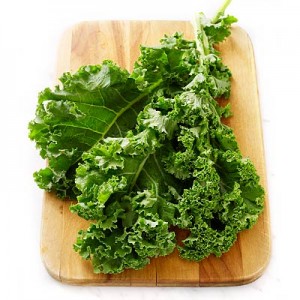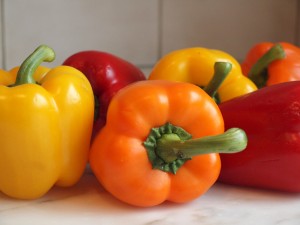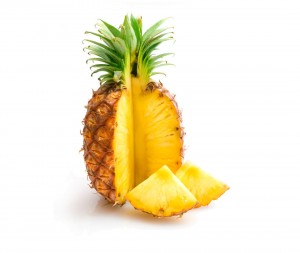 March is National Nutrition Month! As we start to focus on getting our bodies ready for spring weather and outdoor sports, it is just as important to focus on what we put in our bodies to fuel them and keep them healthy. Healthy eating isn’t something to consider here and there, it should be an everyday way of life. Although it takes some time and planning, it is worth the effort you put in. Choosing highly processed, high sodium and high fat foods can lead to a life of heart disease, high blood pressure, diabetes, and other serious and debilitating conditions. Choosing fresh, simple, clean foods, with the fewest number of ingredients will not only keep you healthier, it may actually cause a reduction in the number of bleeds you might experience.
March is National Nutrition Month! As we start to focus on getting our bodies ready for spring weather and outdoor sports, it is just as important to focus on what we put in our bodies to fuel them and keep them healthy. Healthy eating isn’t something to consider here and there, it should be an everyday way of life. Although it takes some time and planning, it is worth the effort you put in. Choosing highly processed, high sodium and high fat foods can lead to a life of heart disease, high blood pressure, diabetes, and other serious and debilitating conditions. Choosing fresh, simple, clean foods, with the fewest number of ingredients will not only keep you healthier, it may actually cause a reduction in the number of bleeds you might experience.
With this in mind, one of the easiest ways to make your diet healthier is by adding more fruits and vegetables and therefore cutting back on other, less healthy foods. A common question that individuals are faced with when buying fresh produce is whether or not to buy organic. Organic foods tend to cost more, and can be harder to find. One sure way to know how your produce is grown is to buy local. Purchasing fresh fruits and vegetables from a farmers market or produce stand allows you the opportunity to talk to the grower or farmer about any chemicals or pesticides that might be used on their crops. Another reason buying local is a great option is because the prices are often lower. Produce is sold direct to consumer, cutting out the middle man and allowing the grower to charge less.
Buying local isn’t always an option though, so how do you know which fruits and vegetables you should really buy organic? Is it always necessary? The Environmental Working Group, an organization of scientists, researchers and policymakers whose mission is to protect human health and the environment, devised a list of fruits and vegetables that you should always try to buy organic, because the produce on this list have been found to contain a high concentration of pesticide residue when grown non organically. They have coined the list “The Dirty Dozen +” and it includes:
• celery
• peaches
• strawberries
• apples
• nectarines
• hot peppers
• spinach, kale and collard greens
• cherry tomatoes
• potatoes
• grapes
• Cucumbers
• Sweet bell peppers
• Summer squash
On the contrary, there are fruits and vegetables that are safe to buy non-organic from the grocery store. This list named, “The Clean 15” includes:
• onions
• avocados
• sweet corn
• pineapples
• mangos
• sweet peas-frozen
• asparagus
• kiwi fruit
• cabbage
• eggplant
• cantaloupe
• grapefruit
• sweet potatoes
• papaya
• mushrooms
Why is it that some fruits and vegetable are safe to buy non-organic than others? Most of the food on the safe list has an outer layer of protection that is cut off or peeled away before eating. This outer layer protects the food and helps to prevent any chemicals that might be used from penetrating the edible part of the food. It is always a safe bet to wash all produce thoroughly before consuming it.
Fruits and vegetables are part of a well balanced and healthy diet. Adding more fruits and vegetables to your diet can help ward off many types of illness and help keep you at a healthier weight. This in turn may help to reduce the number of bleeds you might experience. Choosing produce with fewer pesticides will further help to reduce the risk of cancer and other chronic conditions. Celebrate National Nutrition month by making it a goal to add more fruits and vegetables to your meals. You can do it! FitFactor can help!
*While extensive efforts are made to ensure accuracy of the content of each FitFactor post, these entries are not intended to be construed as medical advice or the official opinion/position of HFA, its staff, or its Board of Directors. Readers are strongly encouraged to discuss their own medical treatment with their healthcare providers.
Sources:
http://www.ewg.org/foodnews/
kale photo: Getty images
sweet pepper photo: onceuponachef.com
pineapple photo: fitho.com



